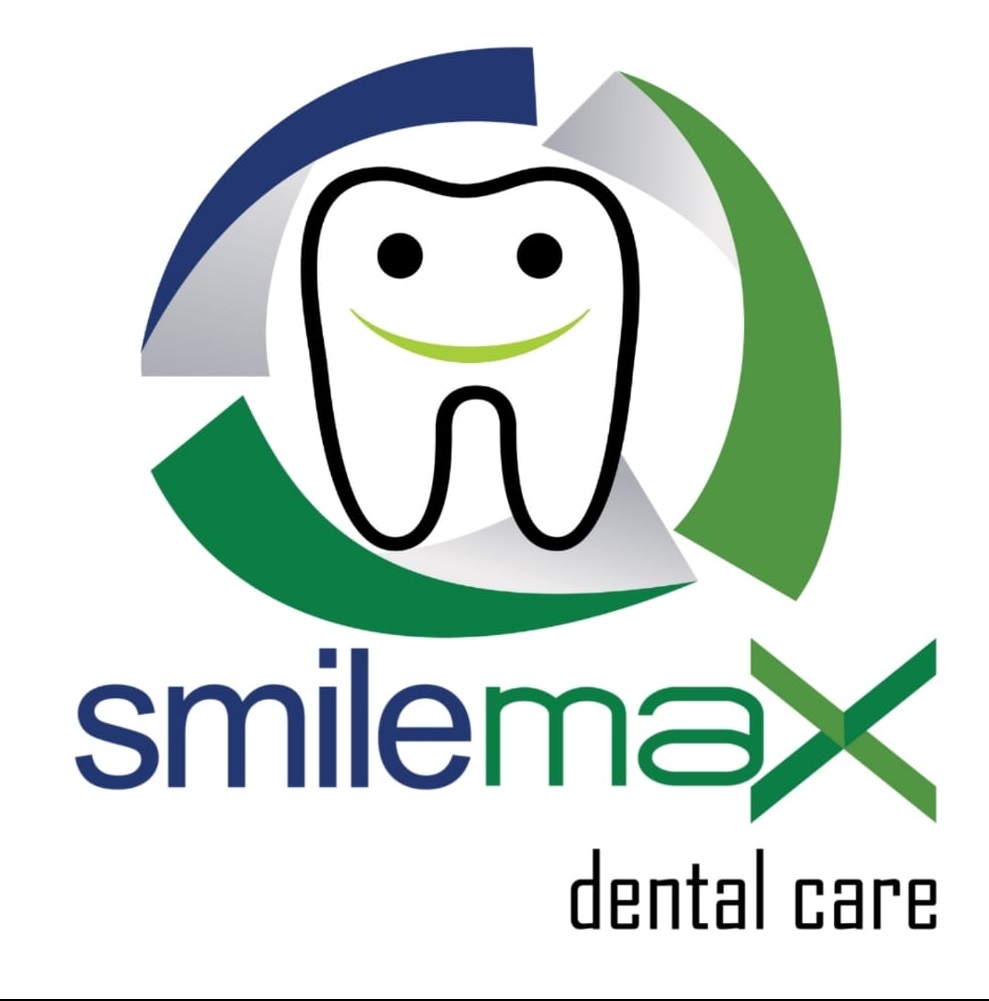Forensic odontology is the process used for the art and science of dentistry for resolving matters pertaining to the law. Most of these diverse facets of this unique discipline can varies from the analyzation of human remains for massing disaster management, from the assessment of biting scores and patterning skin injuries to the application of dental materials in the test of the evidence.
A dental record is the elaborated document of the history which includes:- illness/ physical examination/ diagnosis/ procedure/ and management of a patient. Dental professionals are compelled by law to organize and support adequate patient records. With the expanding awareness between the general public of legal matters which arounds:- healthcare and with the worry rising in malpracticing cases, a thorough knowledge of dental record matters is important for any practitioner.

The abilities of clinical practitioners for producing and supporting relevant and appropriate dental records is important for best quality patient care as well as it being a legal obligation. The dental record serves for the continuity of care for the patient and is critical for the event of a malpracticing insurance claim.
The details given in the dental record must firstly be clinical in nature. The record involves the following:- a patient’s registration cause with all the basic personal pieces of information. The dental team must be highly meticulous and thoroughly in the dental office record collecting tasks. All information in the dental record must be clearly written, and the person responsible for adding new information must be signed and date the entry. The information should not be ambiguous or contain many abbreviations. In practices higher or greater than each dental practitioner, the analysis of the practitioner rendering the procedure must be clearly recorded in the record. All entries in the patient record must be dated/ initial/ handwritten in ink and, or computer printed. Although no certain color of ink is needed, any copy of the record must be simple to read. Handwritten entries must be legible.
Some Basic Examples of Dental Record
Present in the written notes these are some basic examples of what is typically involved in the dental record:-
- Analyzation data — name/ date of birth/ phone numbers/ and emergency contact information.
- Dental history
- Clinical examination to consists of an relevant charting
- Diagnosis
- Procedure plan
- Documentation of detailed consent
- Medical history — a thorough investigation, to involve a least of:-
- Name or phone number of physician
- The self Dentists’ evaluation regarding the patient’s general health and look.
- List of systemic disorders— diabetes/ rheumatic fever/ hepatitis/ and the same.
- Any ongoing medical procedure
- Any bleeding disorders/ drug allergies/ smoking/and alcohol history.
- Any cardiac diseases.
- Relevant family and medical history.
- Pregnancy
- Physical and emotional tolerance for treatments.
Maintenance of Dental Records
Many of the dentists create notes on paper dental records. However, many or most dentists are making applications of computerized filing systems to support patient dental records. Electronic records generate great qualified and patient-safety advantages, and will exactly expand as more dental clinics and hospitals become computerized. Many dental clinics apply the traditional paper charts; the traditionally made filing systems are named with the following information,
- Patient’s surname.
- Patient’s first name.
- Patient’s middle name.
- Patient’s degree and seniority .
Record Management
- The recording of appropriate patient information is important to dentistry. The dental collection, also called the patient chart, is the official office document which defines all diagnostic information/ clinical notes/ procedure given/ and patient-regarded communications that forms in the dental office, which includes:- instructions for home care as well as consent to procedure. Protecting health details — and diligent as well as complete collect keeping — is extremely essential for many reasons,
- Care for the patient: Patient collects document the course of procedure and may serve data which can be applied to evaluate the quality of care which has been served to the patient.
Retention and storage
- There is generally a numerous requirement for the retention of recordings of children. These recordings should be kept for a specific period after the child becomes a major. The dental office should have a detailed retention policy as well as all the staff must understand it. The office’s professional liability insurance firm will similarly have recommendations regarding retention.
- Dental records may be saved on microfilm and microfiche/ protected with a records storage service mostly common in numerous jurisdictions and scanned for electronic collection. The great advantage of collecting records electronically and on microfilm as well as microfiche is that they consume less space than paper records. Diagnostic and / or procedure casts may be picturized and stored in a few cases. However, prioring to completely transforming the records among of these methods, a dentist must consult with his / her their own attorney as well as professional liability insurance firm.
Confidentiality
Dentists are in a privileged location to understand many more about their patients and this knowledge is obtained under the assumption which it is confidential. Confidentiality promotes open as well as honest communication/ enhancing the doctor–patient relationship/ and encourages dignity for patient autonomy as well as privacy.
There are specific circumstances when information can be dissolved and they involve,
- Sharing of accurate information with other healthcare professionals consists of a patient’s treatment.
- Information may go through to a third area if the patient and legal adviser provides written consent, for example- an insurance company.
- Where details are requested regarding a declined patient and consent of the estate and relative is sought and there is an investigation of sudden/ suspicious and undetailed death.
- Information is necessary in the formation of legal reports which contains only accurate dental treatments.
- Assessment of dental recordings by the police. Found and seizure warrants may not contain dental records, and therefore must be properly checked.
- Clinical research protocols as well as peer reviewing treatments. The name of the patient should be kept confidential. If details are to be applied for teaching purposes then the patient’s consent should be obtained.




